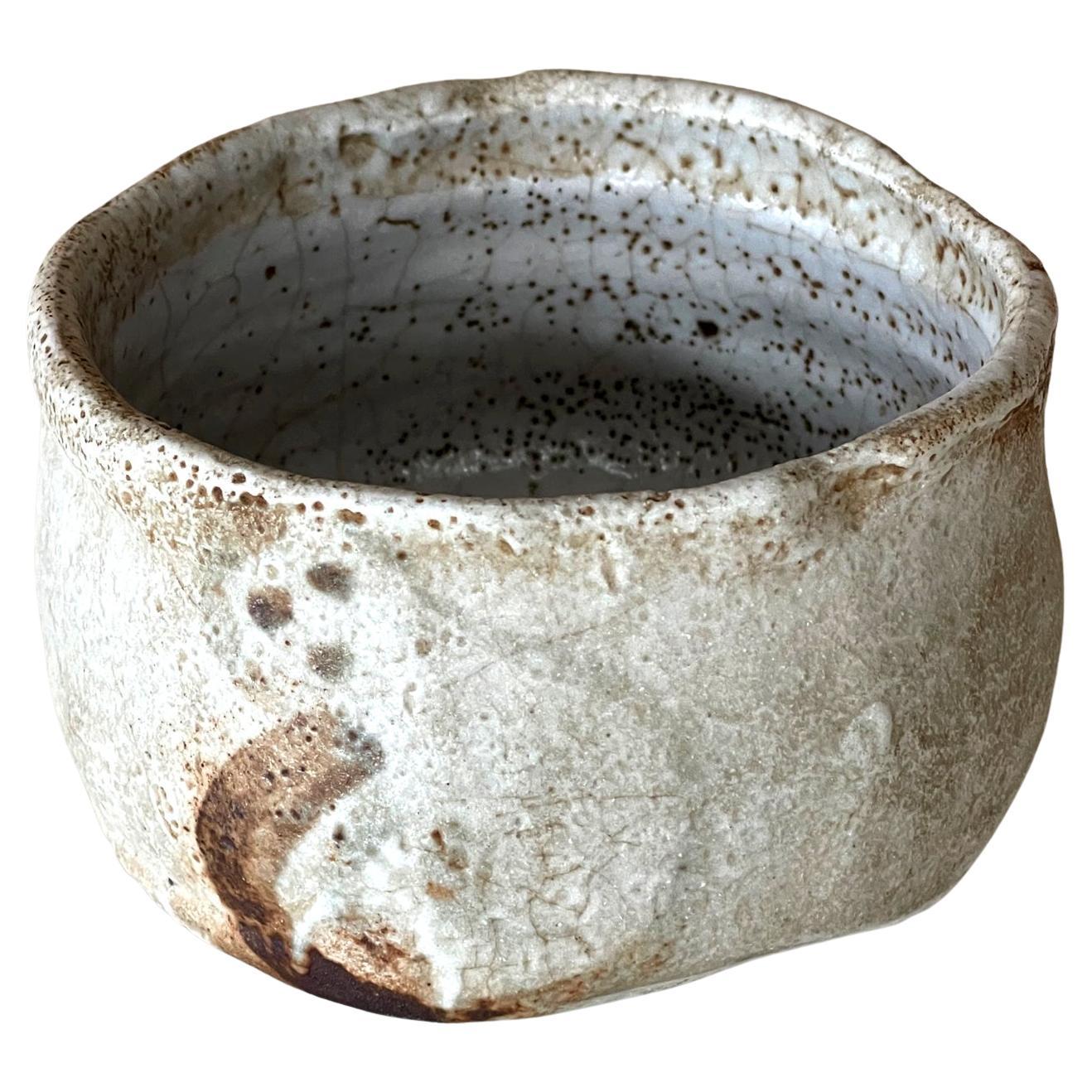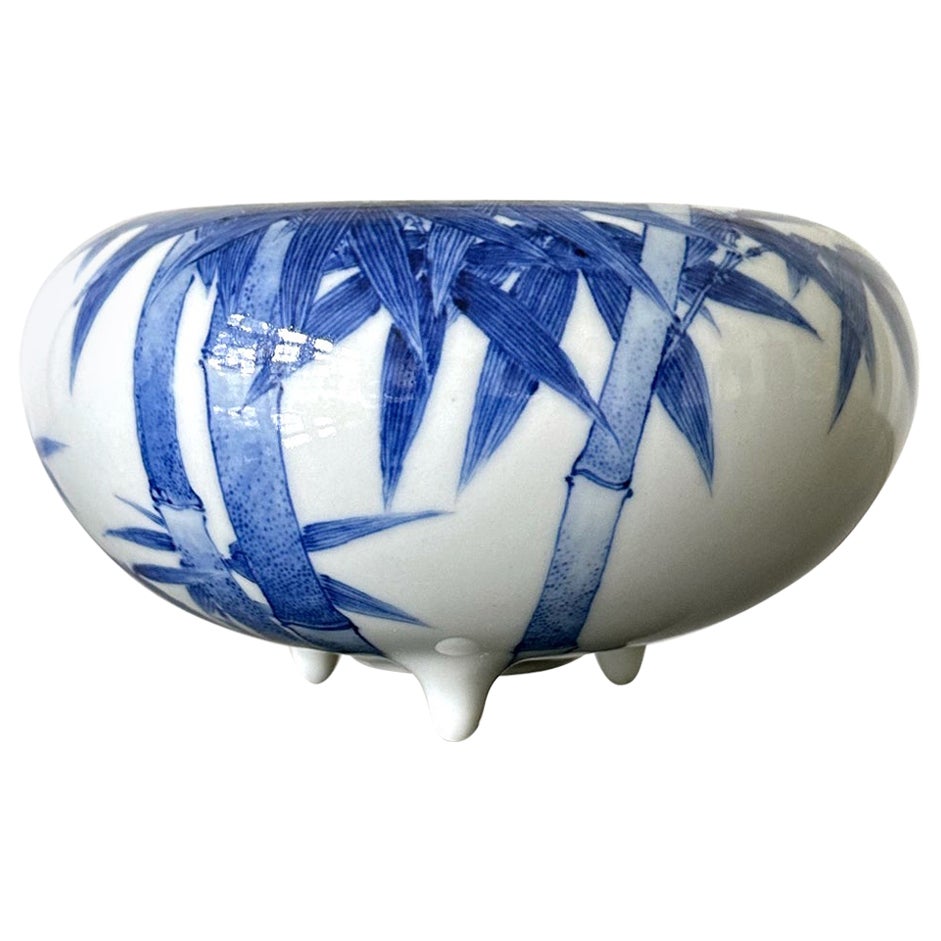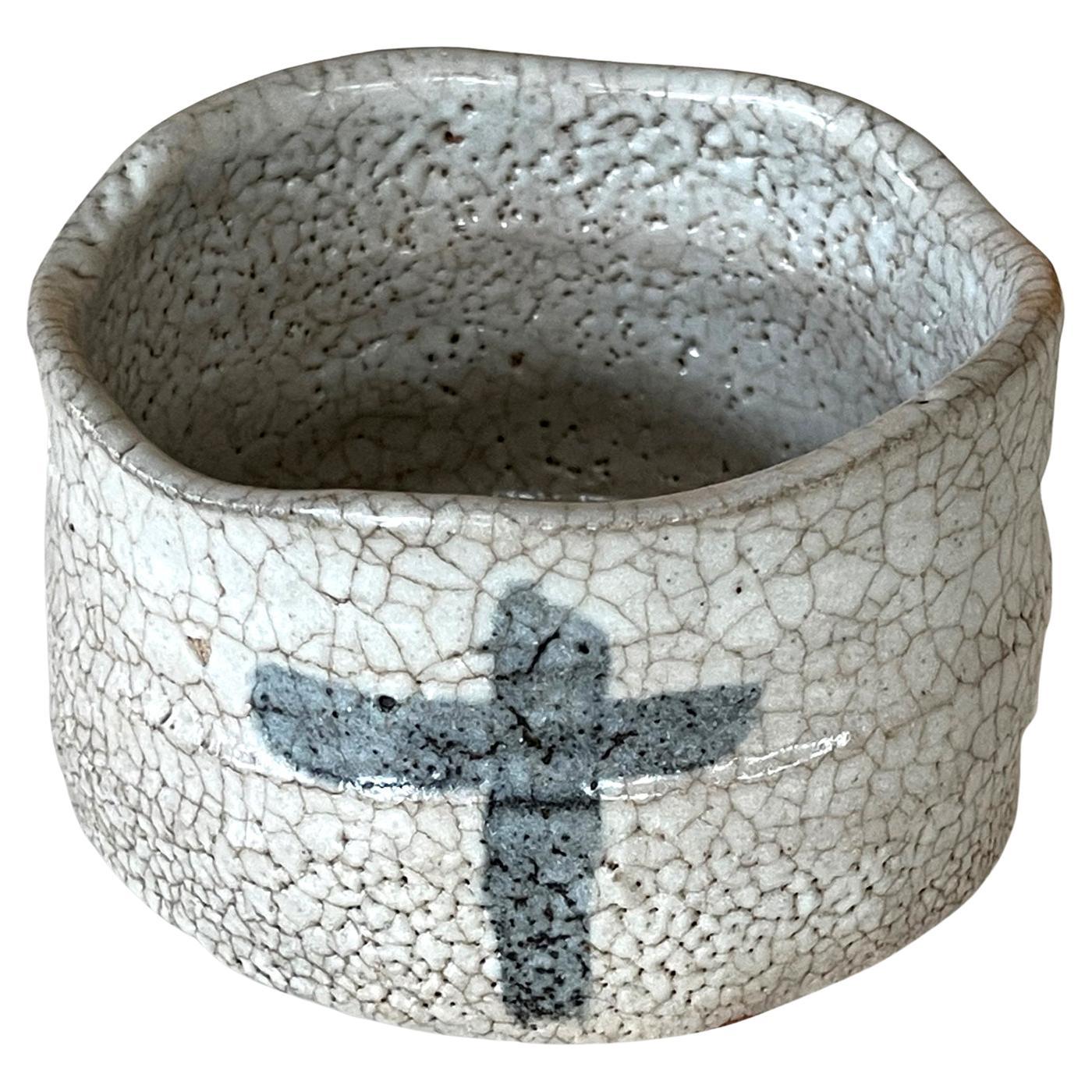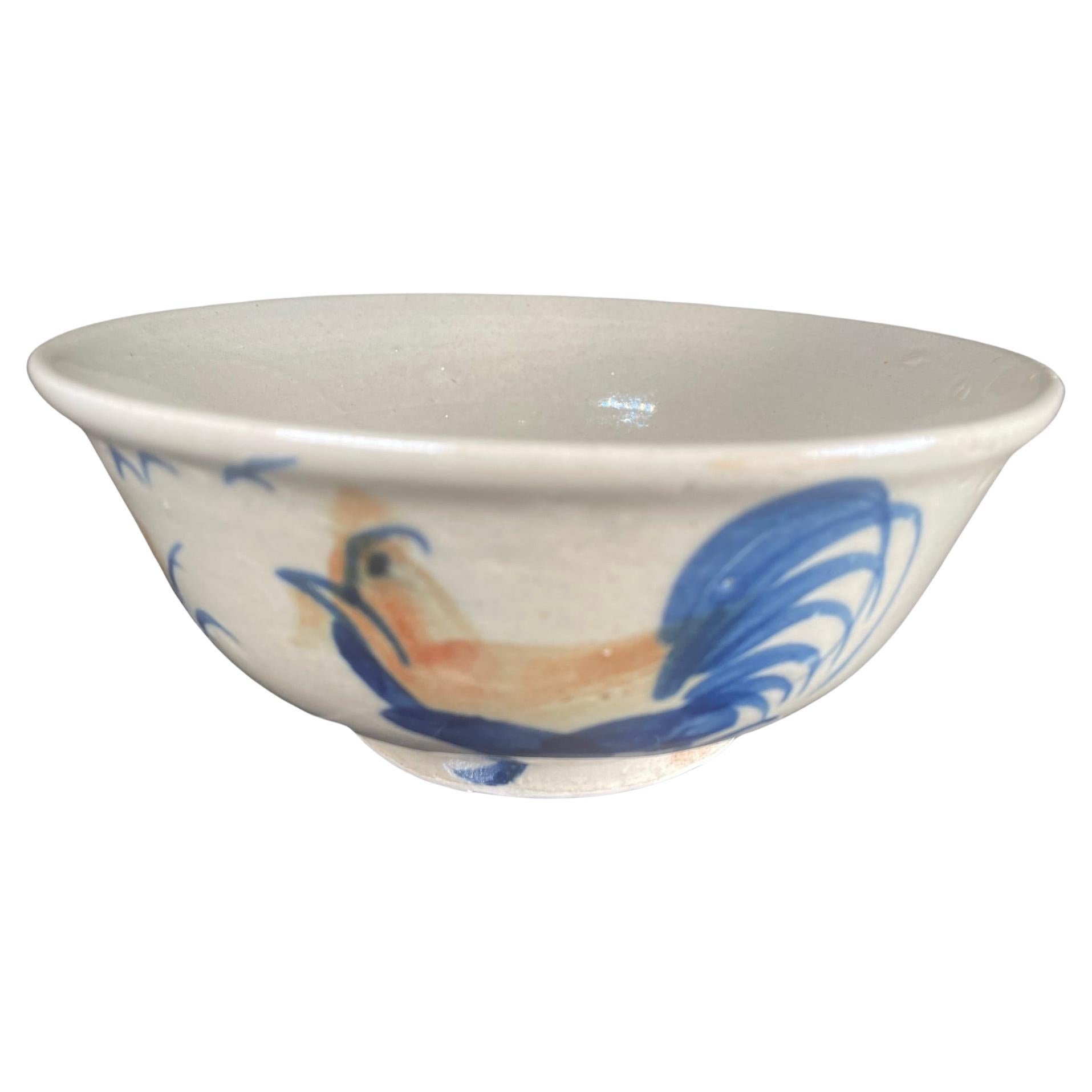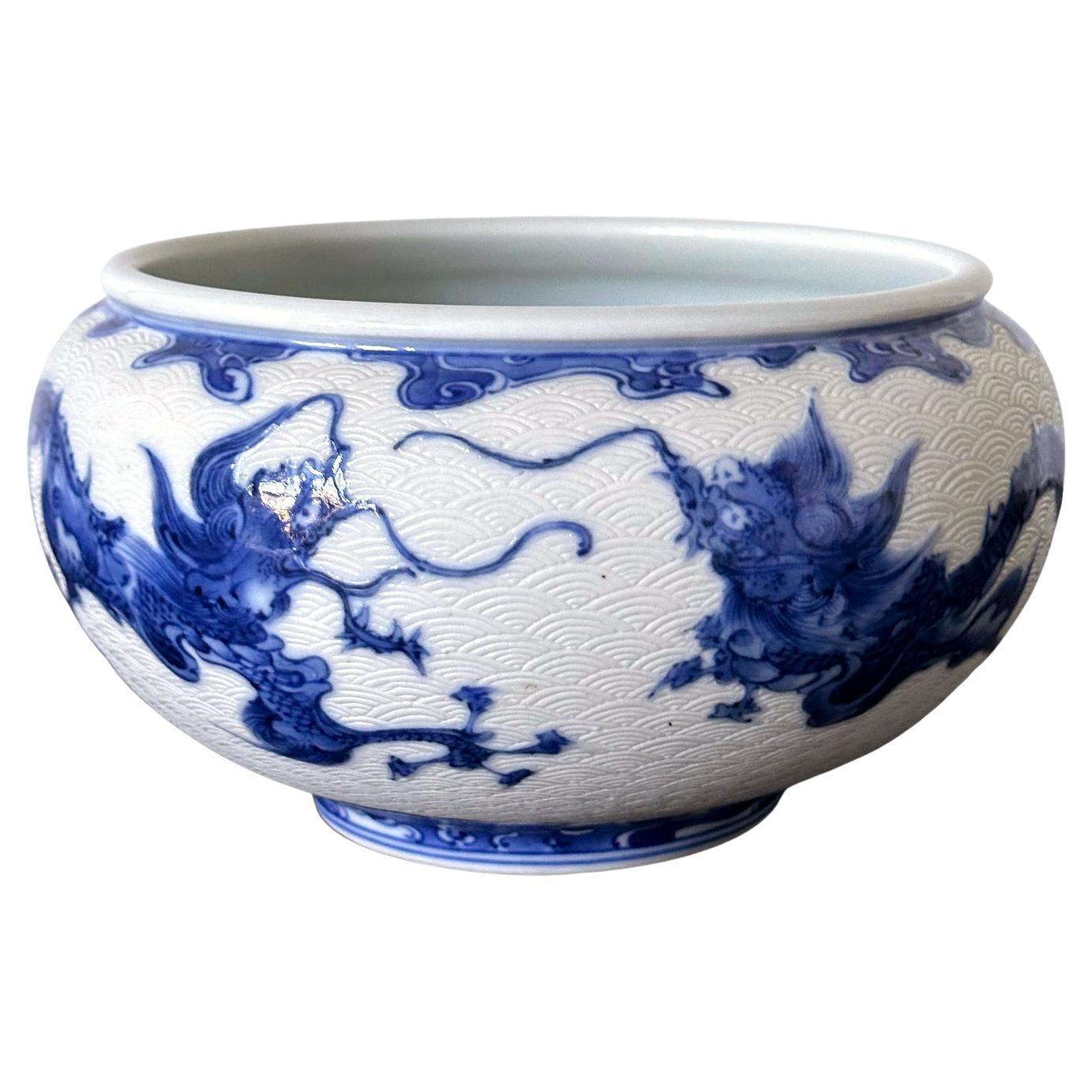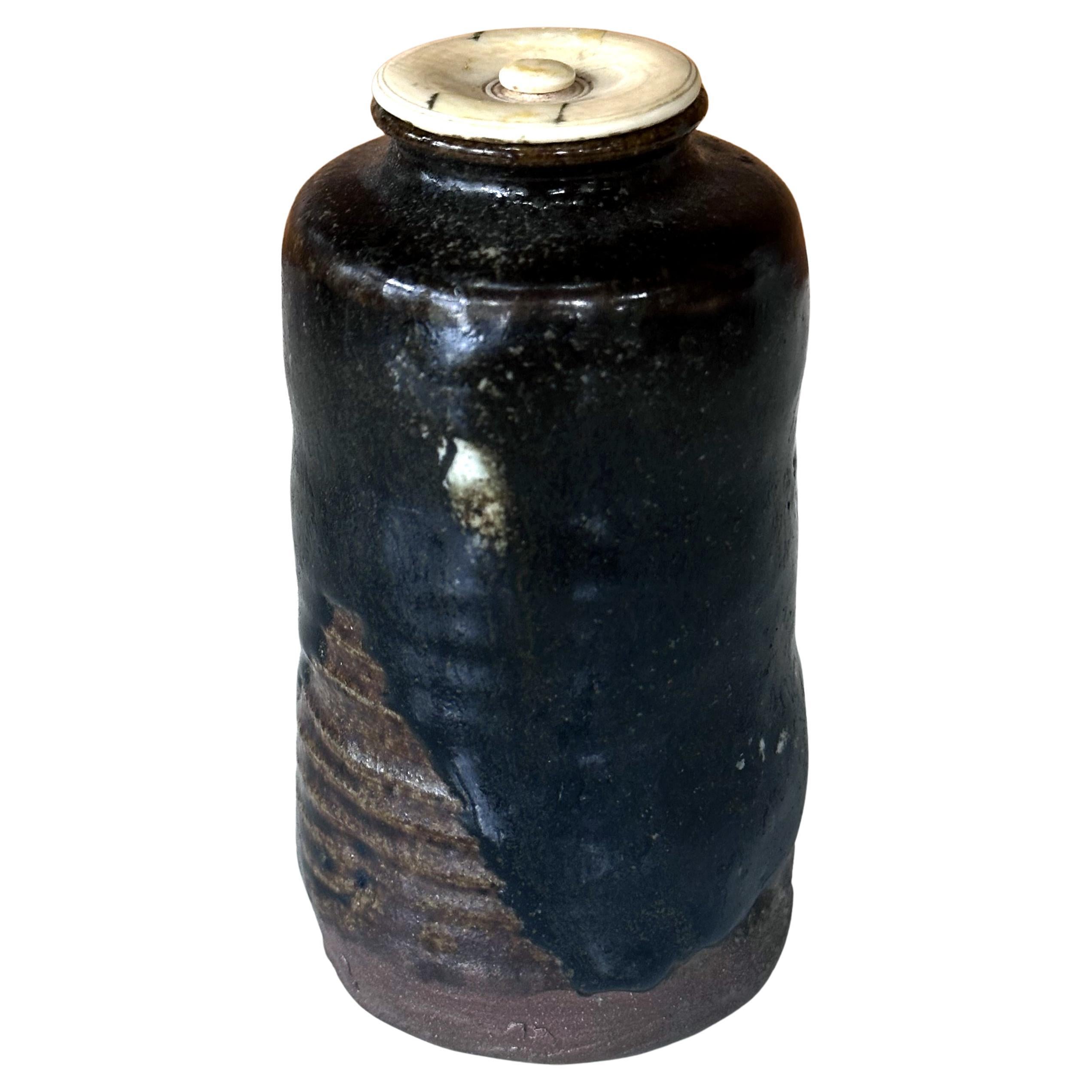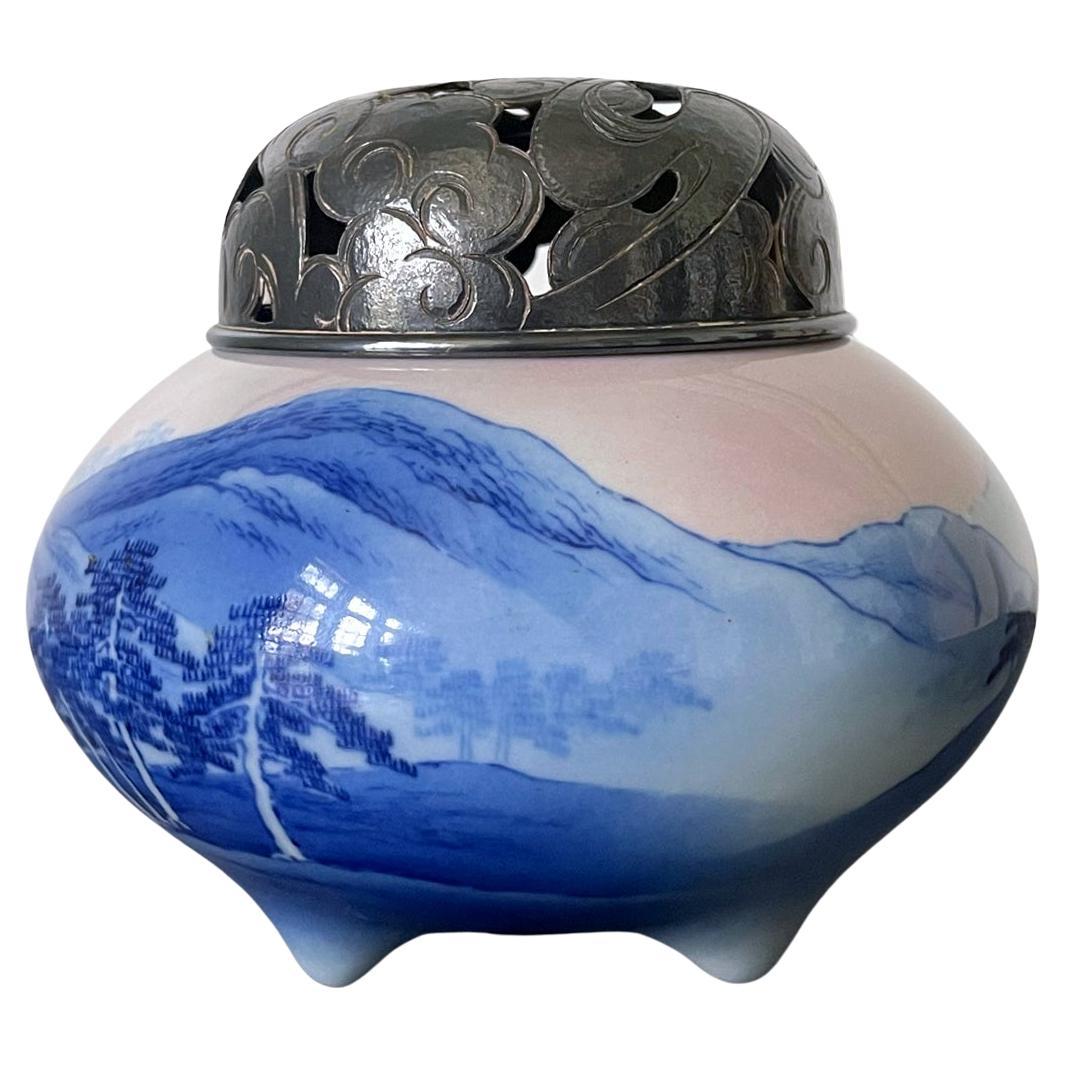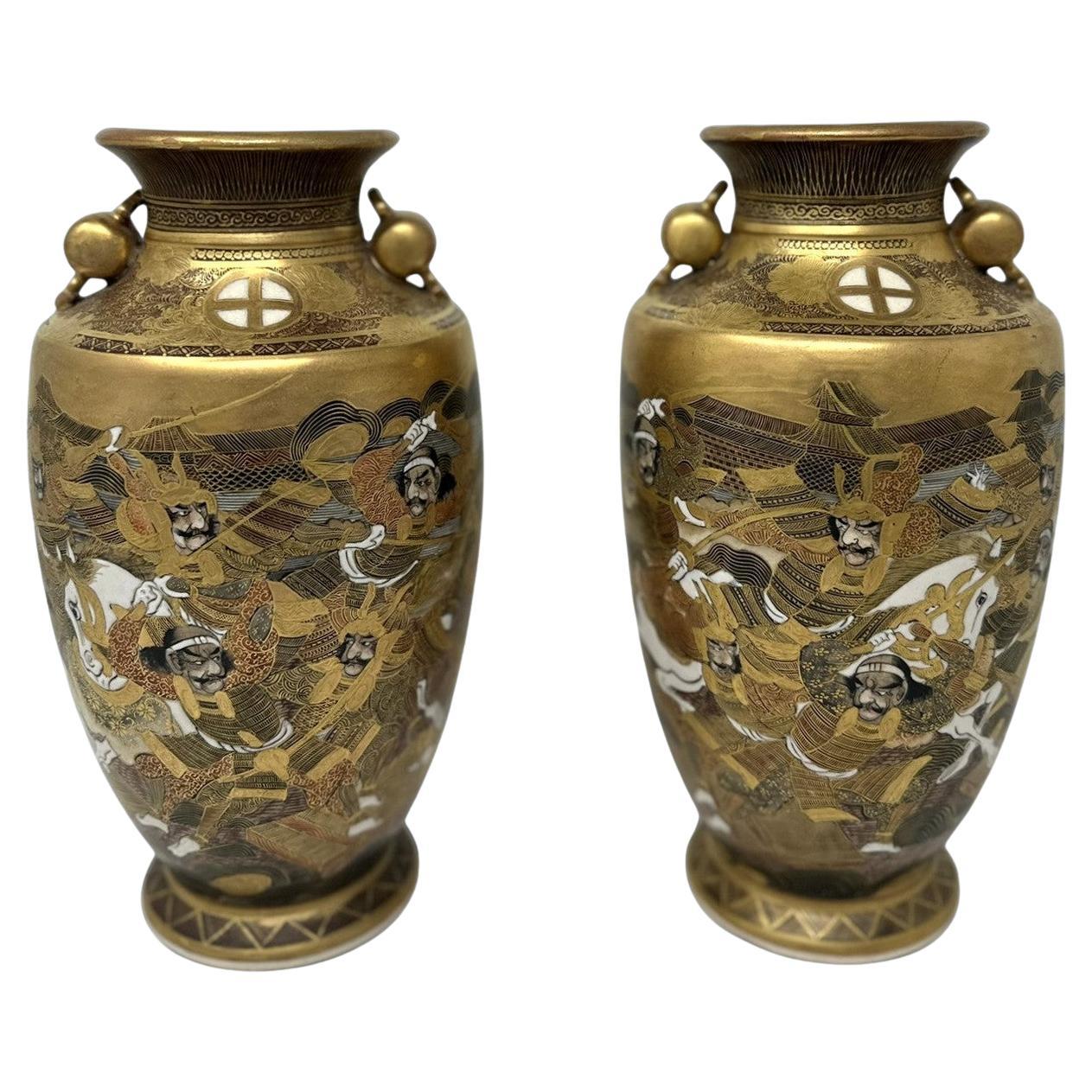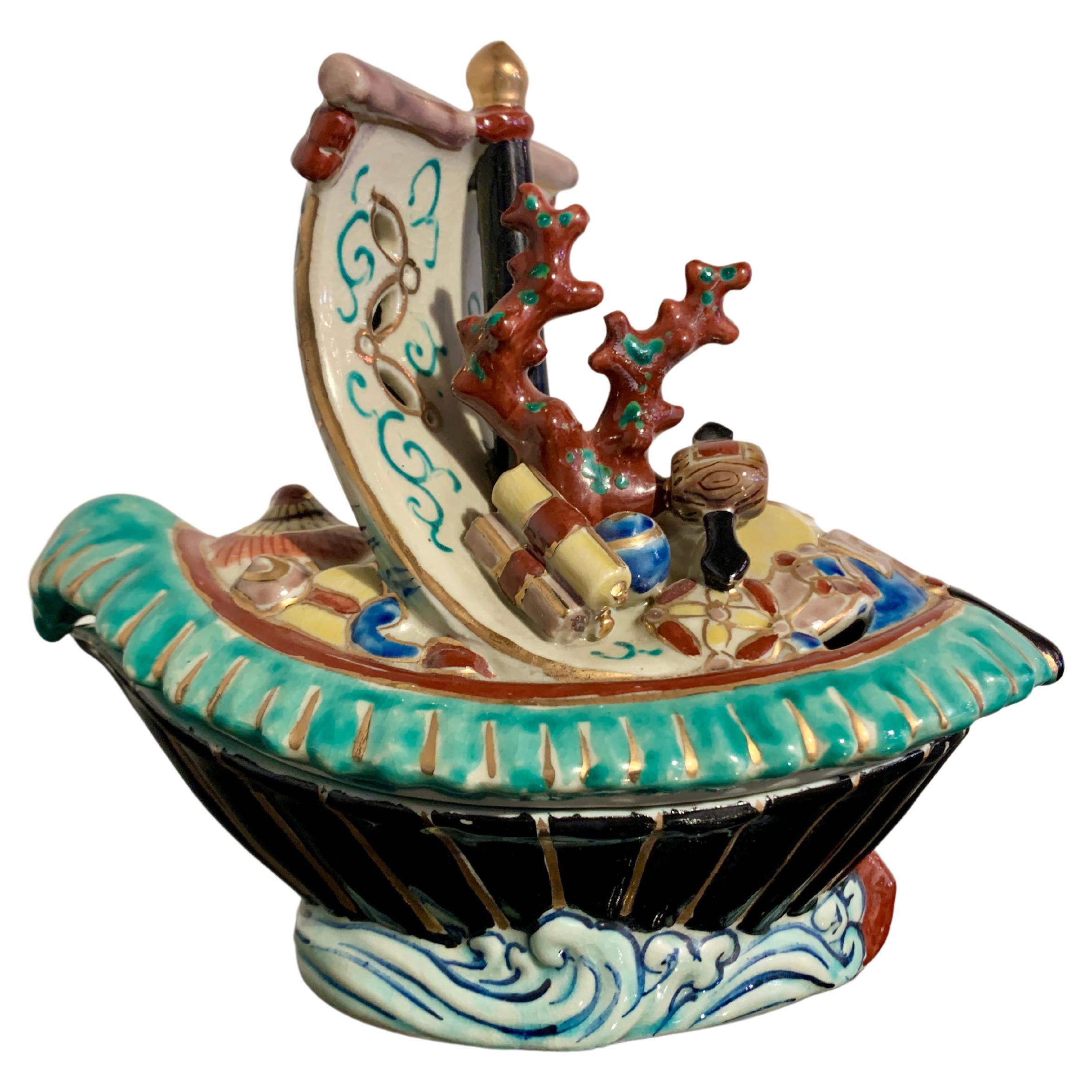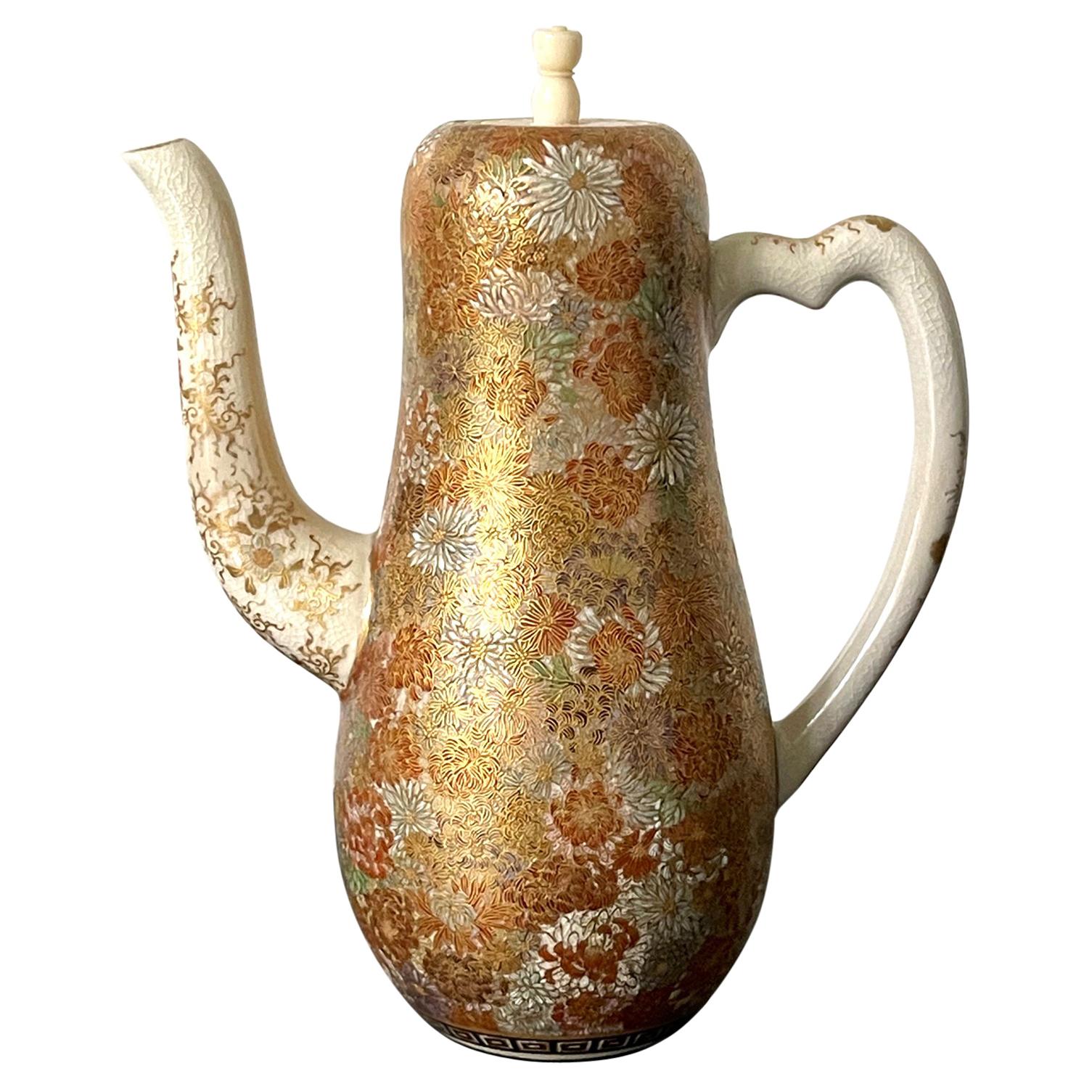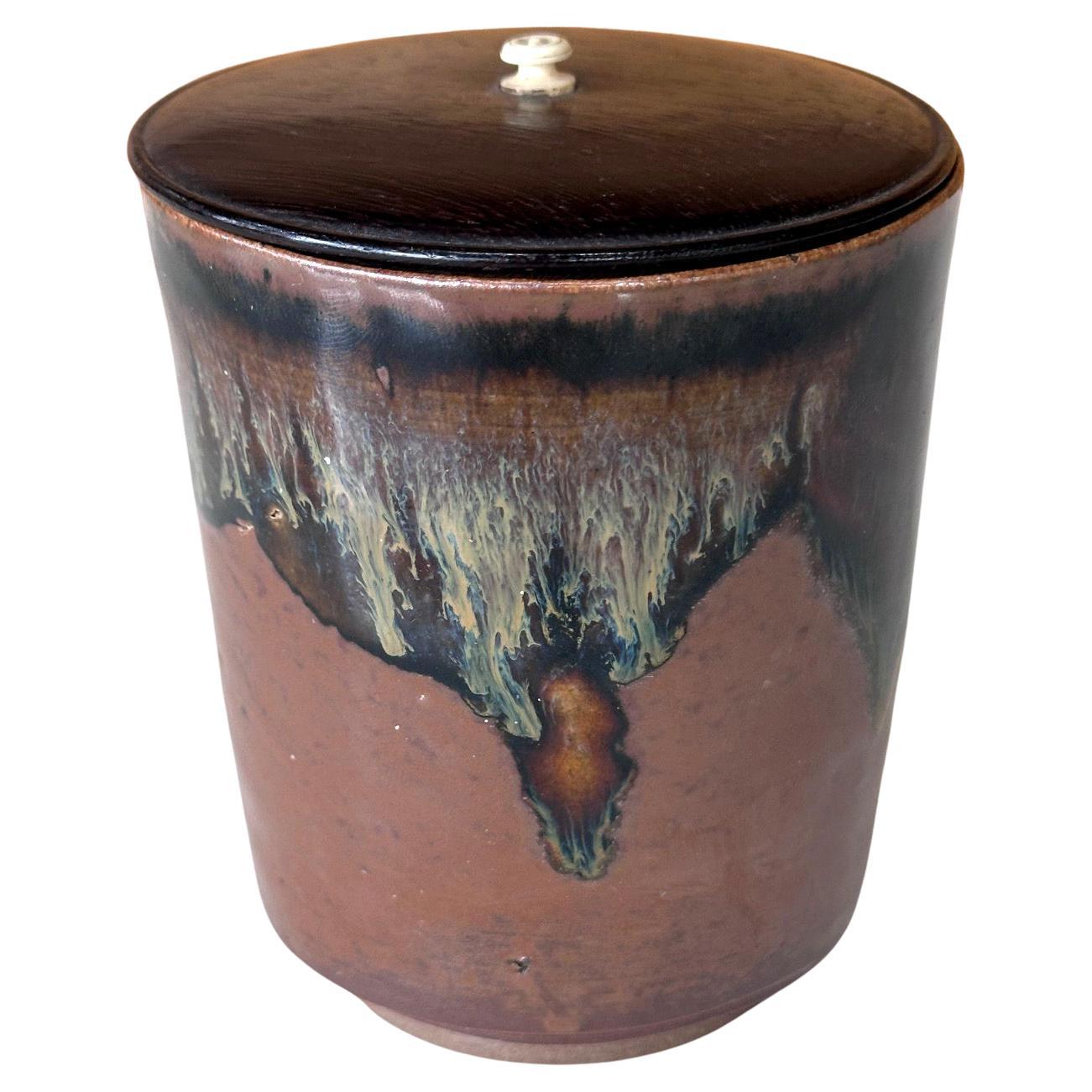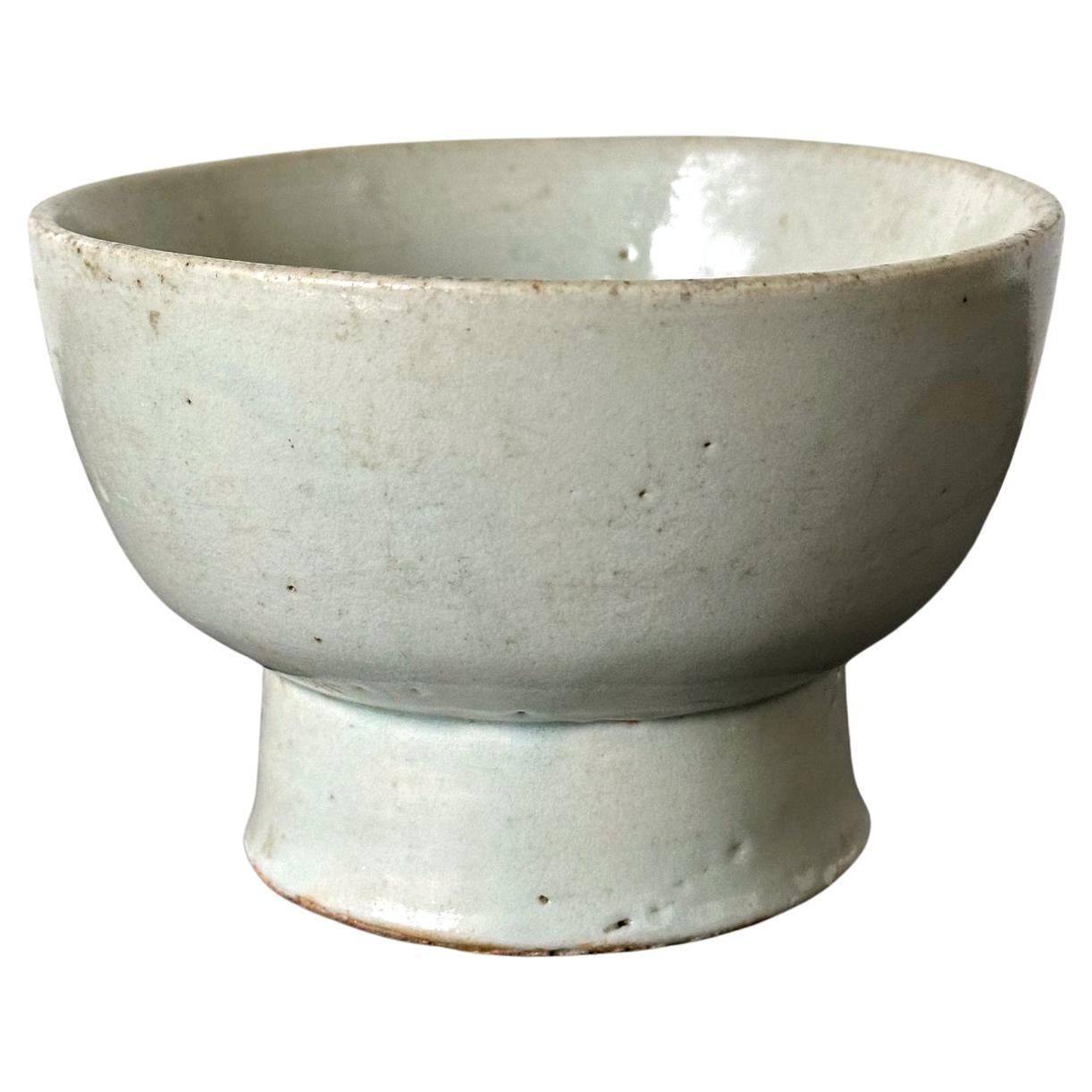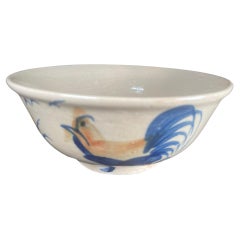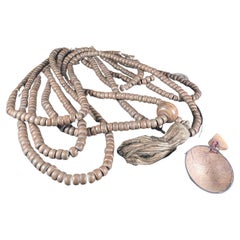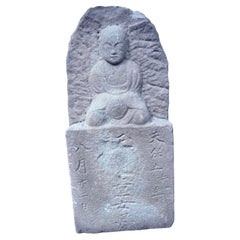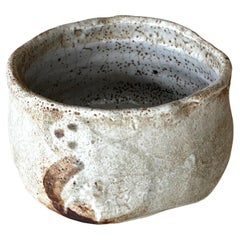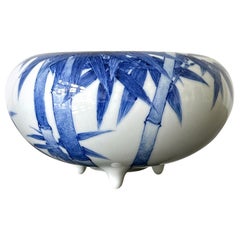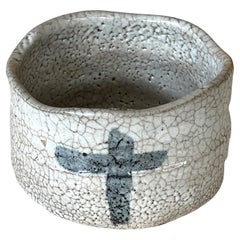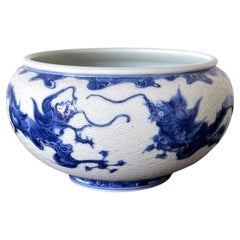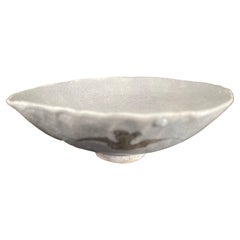
Japanese Tea Bowl Flying Bats & Good Fortune Hand-Built Hand Glazed
View Similar Items
Want more images or videos?
Request additional images or videos from the seller
1 of 11
Japanese Tea Bowl Flying Bats & Good Fortune Hand-Built Hand Glazed
Price:$44
About the Item
- Dimensions:Height: 1.75 in (4.45 cm)Diameter: 5.5 in (13.97 cm)
- Style:Showa (Of the Period)
- Materials and Techniques:
- Place of Origin:
- Period:
- Date of Manufacture:Late 20th Century
- Condition:Wear consistent with age and use.
- Seller Location:South Burlington, VT
- Reference Number:1stDibs: LU1289234965232
About the Seller
5.0
Platinum Seller
Premium sellers with a 4.7+ rating and 24-hour response times
Established in 1990
1stDibs seller since 2015
2,386 sales on 1stDibs
Authenticity Guarantee
In the unlikely event there’s an issue with an item’s authenticity, contact us within 1 year for a full refund. DetailsMoney-Back Guarantee
If your item is not as described, is damaged in transit, or does not arrive, contact us within 7 days for a full refund. Details24-Hour Cancellation
You have a 24-hour grace period in which to reconsider your purchase, with no questions asked.Vetted Professional Sellers
Our world-class sellers must adhere to strict standards for service and quality, maintaining the integrity of our listings.Price-Match Guarantee
If you find that a seller listed the same item for a lower price elsewhere, we’ll match it.Trusted Global Delivery
Our best-in-class carrier network provides specialized shipping options worldwide, including custom delivery.More From This Seller
View AllJapanese Fine Large Rooster And Birds Tea Bowl, Hand-Built and Hand Glazed
Located in South Burlington, VT
Mint Kyo ware bowl
From Japan, a beautiful hand-built, painted and glazed, Kyo ware large bowl or large tea bowl with a proud rooster and birds motif created in the 1930s.- over se...
Category
Vintage 1930s Japanese Showa Ceramics
Materials
Ceramic, Pottery
$76 Sale Price
20% Off
Japan Gold Gilt Good Luck Elephant Censer
Located in South Burlington, VT
Rare find: Ancient Japanese design gilt censer of a good luck elephant- signed Japan
This model elephant sculptural LED candle holder and censer was crafted in a handsome gilt finish iron of an effigy of an ancient elephant...
Category
Mid-20th Century Japanese Sculptures and Carvings
Materials
Iron
$80 Sale Price
83% Off
Japanese Antique Zen Rosewood Mala Prayer Bead String 800 Beads With Alms Bowl
Located in South Burlington, VT
Rare find!: 24 feet long Zen monk Mala Prayer Bead String plus original wooden alms bowl with its original attached triangular shaped stone ojime.
A huge...
Category
Early 20th Century Japanese Meiji Sculptures and Carvings
Materials
Wood
$360 Sale Price / set
58% Off
Japanese Old Memorial Stone Seated Buddha, 18 Inches
Located in South Burlington, VT
Simple Memorial Buddha
A single stone seated Buddha in meditation and who complacently sits with Kanj engraved to each side of this sculpture
Good garden candidate
.In Japan, Kṣi...
Category
Early 20th Century Japanese Taisho Sculptures and Carvings
Materials
Stone
Japanese Rare Antique Inlaid Smoking Tansu, Complete 1850
Located in South Burlington, VT
The first we have seen
A spectacular and hard to find Inlaid mother of pearly - using the raden technique- and lacquered three-drawer Tansu complete with all original bronze accoutrement including a fine engraved antique long pipe and two removable covered bronze cylinders all executed by expert mid-19th century Edo samurai...
Category
Antique 19th Century Japanese Edo Scholar's Objects
Materials
Bronze
$960 Sale Price / set
48% Off
Japanese Connoisseurs Collection Fine Antique Smoking Pipes Kiseru
Located in South Burlington, VT
Rare one-of-a-kind collection
Japanese Connoisseurs Collection of Five (5) Fine Antique Smoking Pipes, Kiseru.
You dont need to be a conn...
Category
Antique 19th Century Japanese Meiji Scholar's Objects
Materials
Bronze, Gold, Sterling Silver, Copper
$1,440 Sale Price / set
80% Off
You May Also Like
Antique Japanese Shino Ware Chawan Tea Bowl
Located in Atlanta, GA
On offer is a Japanese ceramic tea bowl (chawan) used in the traditional chado ceremony. The bowl was potted in clog form with a ring foot shaved extremely low. Its size and harmonious proportion make it perfect to be held in both hands during chado. Classified as shino ware...
Category
Antique 18th Century Japanese Edo Ceramics
Materials
Ceramic
Japanese Glazed Ceramic Bowl by Makuzu Kozan
By Makuzu Kozan
Located in Atlanta, GA
Tri-pod ceramic bowl likely used as an incense burner (koro) by Japanese Imperial potter Makuzu Kozan (1842-1916) circa late Meiji period. The signature indicates that it was produce...
Category
Antique 1880s Japanese Meiji Ceramics
Materials
Ceramic
Japanese Shino Ware Chawan Tea Bowl by Toyoda Katsuhiko
Located in Atlanta, GA
A modern Japanese ceramic tea bowl (chawan) made by potter Toyoda Katsuhiko (1945-). The bowl was potted in clog form with a short ring foot in the tradition of Shino ware...
Category
20th Century Japanese Edo Ceramics
Materials
Ceramic
Japanese Glazed and Caved Ceramic Dragon Bowl by Makuzu Kozan
By Makuzu Kozan
Located in Atlanta, GA
A ceramic bowl by Japanese Imperial potter Makuzu Kozan (1842-1916) circa 1891 of late Meiji period. A very fine example of the artist's work that belongs to the middle period of his...
Category
Antique Late 19th Century Japanese Meiji Ceramics
Materials
Ceramic
Rare and Fine Antique Japanese Ceramic Ko-Satsuma Chaire Tea Caddy
Located in Atlanta, GA
A ceramic tall chaire (Tea caddies) ko-satsuma type from Edo period Japan circa 18th century. This type of small jar was made of stoneware. Its specific form with raised shoulder and...
Category
Antique 18th Century Japanese Edo Ceramics
Materials
Ceramic
Japanese Glazed Ceramic and Silver Koro Incense Burner Makuzu Kozan
By Makuzu Kozan
Located in Atlanta, GA
A tri-pod ceramic incense burner (koro) by Japanese Imperial potter Makuzu Kozan (1842-1916) circa late Meiji to the start of Taisho period (1890-1910s). A fine example of the artist's work belonging to the late part of his underglaze paint phase (started around 1887 until his death), the surface of the koro was painted in beautiful shades of blue to depict a continuous landscape not unlike a traditional ink and watercolor hand scroll. The rise and fall mountains recede and fade into the horizon and are dotted with groves of pines. The sky is painted with a beautiful subtle shade of pink, suggesting a time of sunrise or sunset. The koro is fitted with an ensuite reticulated sterling silver hoya (incense cover), pierced with swirling cloud and marked with "pure silver' in Kanji. The base is signed in underglaze blue "Makuzu Kozan Sei" within a double ring. The piece is beautifully potted in form and the decoration was done with expertise using the novel technique developed by Kozan called Fuki-e (the blow painting), in order to achieve the striking landscape known as "Mountain and Water" with sense of dimensions and gradient, the poetic effects normally conveyed only by sumi ink staining on paper. The piece comes with an unsigned tomobako (wood storage box) of a recent age.
Also known as Miyagawa Kozan (1842–1916), Makuzu Kozan was one of the most established and collected ceramist from Meiji Period. Born as Miyagawa Toranosuke, Kozan established his pottery studio in Yokohama around 1870s and later became one of the appointed artists to the Japanese Imperial household. His work was exhibited in many international fairs that the Meiji government participated at the turn of the century and won many grand prizes. Being one of the most creative ceramists, Kozan started experimenting with new chemical colors from the West in the format of his porcelain glaze around 1880s. New colors allowed him to create underglaze designs that appeared bright, smooth and glossy. He even invented his own receipt of cobalt blue to achieve a much brighter yet softer shade, as evident on this vase. To create landscape that is realistic and dimensional, more common in the western paintings, he was inspired by the native Japanese ink painting technique developed around 1900 by Yokoyama...
Category
Antique Early 1900s Japanese Japonisme Ceramics
Materials
Silver
Recently Viewed
View AllMore Ways To Browse
Chinese Export Butterfly
Chinese Plate Kangxi
Qing Dynasty Imperial
Asian Coins
Chinese Celadon Ceramics
Ming Plate
Antique Chinese Miniature
Imari Charger
Satsuma Hand Painted
Japanese Meiji Bowl
Imari Lidded Jars
Rose Medallion Porcelain
Japanese Imari Jar Lid
Antique Japanese Fans
Chinese Porcelain Scholar
Antique Chinese Crackle
Famille Verte Porcelain
Chinese Porcelain Iron
